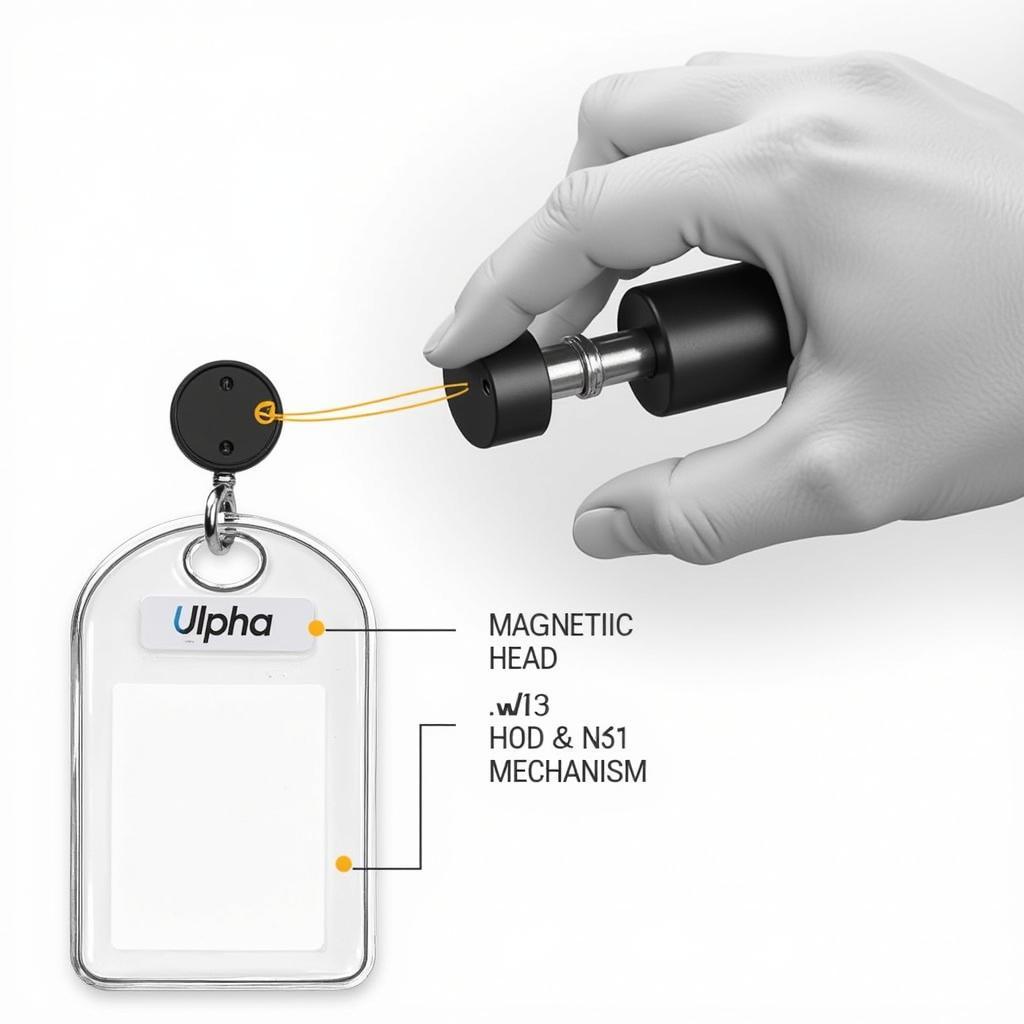A flashing brake warning light on your classic 1971 Porsche 911 can be a cause for concern. While these cars are renowned for their performance and timeless design, they can occasionally present challenges, particularly in the braking system. This comprehensive guide will delve into the potential causes of a flashing brake warning light on your 1971 911 and guide you through troubleshooting and solutions.
Understanding the Brake Warning Light System
Before we dive into specific issues, it’s crucial to grasp the fundamentals of the brake warning light system in your 1971 911. The warning light is designed to alert you to potential problems within the hydraulic brake system, primarily related to brake fluid levels and pressure.
When the ignition is turned on, the brake warning light should illuminate briefly as part of the standard bulb check. However, if it remains on or begins flashing while driving, it signifies a problem requiring immediate attention.
Common Causes of a Flashing Brake Warning Light
1. Low Brake Fluid Level
One of the most common culprits behind a flashing brake warning light is a low brake fluid level. As brake pads wear down, the brake fluid level in the master cylinder naturally decreases. If the fluid level drops below a certain point, it can trigger the warning light.
Troubleshooting:
- Check the Brake Fluid Reservoir: Locate the brake fluid reservoir in the engine bay. It’s typically a clear plastic container with a black cap labeled “Brake Fluid.”
- Inspect the Fluid Level: The reservoir should have “Min” and “Max” markings. Ensure the fluid level falls between these lines.
Solution:
If the fluid level is low, carefully top it off with the recommended brake fluid for your 1971 911. Always refer to your owner’s manual for the correct fluid type.
2. Worn Brake Pads
Worn brake pads not only contribute to low brake fluid but also affect braking performance. As pads wear down, the caliper pistons need to extend further to apply the same braking force, resulting in increased fluid displacement and a lower fluid level.
Troubleshooting:
- Visual Inspection: Visually inspect your brake pads through the wheel spokes. If you can’t see much pad material remaining, it’s likely time for a replacement.
- Professional Inspection: For a more thorough assessment, take your 911 to a trusted mechanic specializing in classic Porsche vehicles.
Solution:
Replace worn brake pads promptly. Given the age of your vehicle, consider replacing all four pads simultaneously to ensure consistent braking performance.
3. Brake Fluid Leak
A brake fluid leak is a serious concern that should never be ignored. If you notice a puddle of fluid under your car, especially near the wheels or under the master cylinder, it could indicate a leak.
Troubleshooting:
- Visual Inspection: Carefully examine the brake lines, hoses, calipers, and wheel cylinders for any signs of wetness or leaks.
- Professional Inspection: If you suspect a leak, it’s crucial to have your 911 inspected by a qualified mechanic immediately.
Solution:
Repairing a brake fluid leak requires specialized knowledge and tools. Never attempt to drive your 911 with a suspected leak, as it can lead to complete brake failure.
4. Faulty Brake Warning Light Switch
In some instances, a malfunctioning brake warning light switch can cause the light to flash even if there’s no actual problem with the braking system.
Troubleshooting:
- Switch Location: The brake warning light switch is usually located near the brake pedal assembly.
- Testing: A qualified mechanic can test the switch to determine if it’s functioning correctly.
Solution:
If the switch is faulty, it needs to be replaced. Fortunately, this is a relatively simple repair.
Beyond the Basics: Advanced Diagnostics for Persistent Issues
If you’ve ruled out the common causes and your brake warning light persists, more advanced diagnostics may be necessary.
“Classic Porsches, particularly the early 911 models, often require a deep understanding of their unique systems,” says Hans Gruber, a veteran Porsche mechanic with over 40 years of experience. “When troubleshooting complex issues, I always emphasize a systematic approach, starting with the basics before moving on to more intricate diagnostics.”
Consider these additional factors:
- Brake Master Cylinder: A failing brake master cylinder can lead to inconsistent brake pressure and trigger warning lights.
- Brake Pressure Differential Valve: This valve, responsible for detecting imbalances in the hydraulic circuits, might malfunction, causing the light to flash.
- Electrical Issues: While less common, electrical gremlins in the wiring or connections related to the brake warning light system can also cause problems.
Conclusion: Prioritizing Safety and Expertise
A flashing brake warning light in your 1971 Porsche 911 is a clear signal that your car requires immediate attention. Addressing the issue promptly ensures your safety and prevents further damage to your vehicle’s braking system.
While some fixes might be simple enough for DIY enthusiasts, it’s always advisable to consult with a qualified mechanic, especially when dealing with a classic car like the 911. Their expertise can save you time, money, and potential headaches in the long run.


